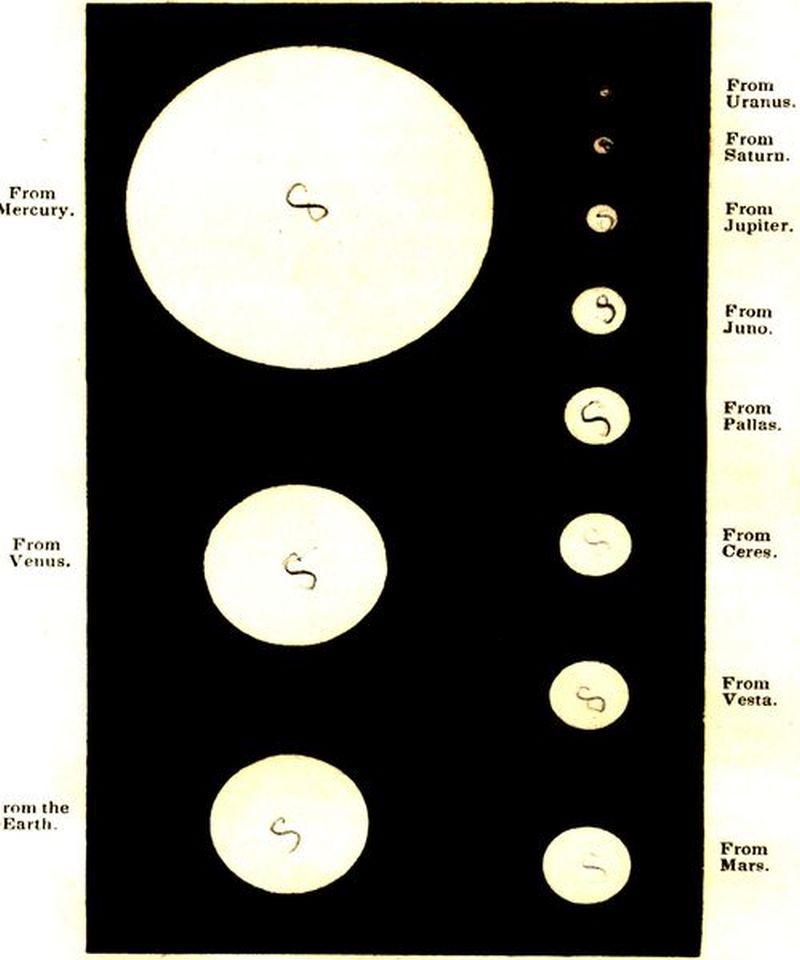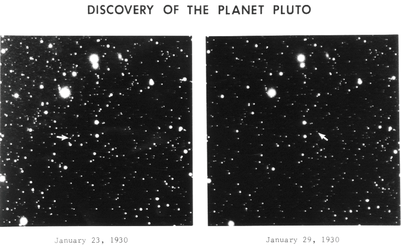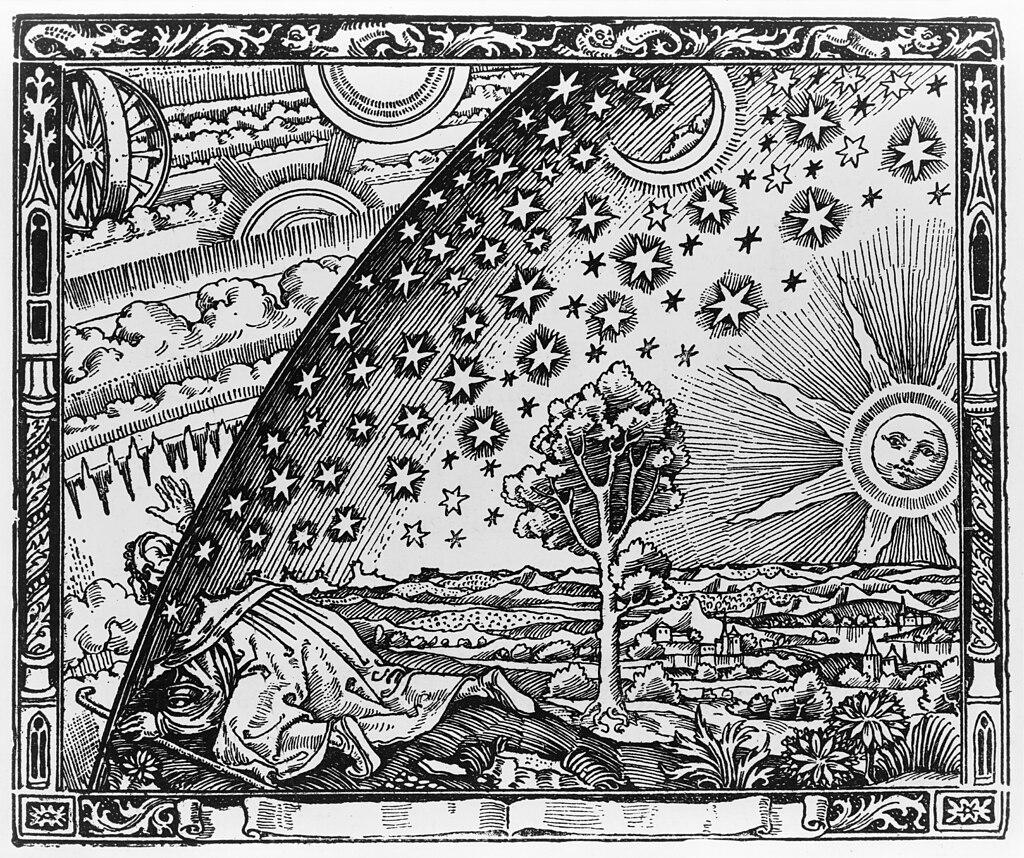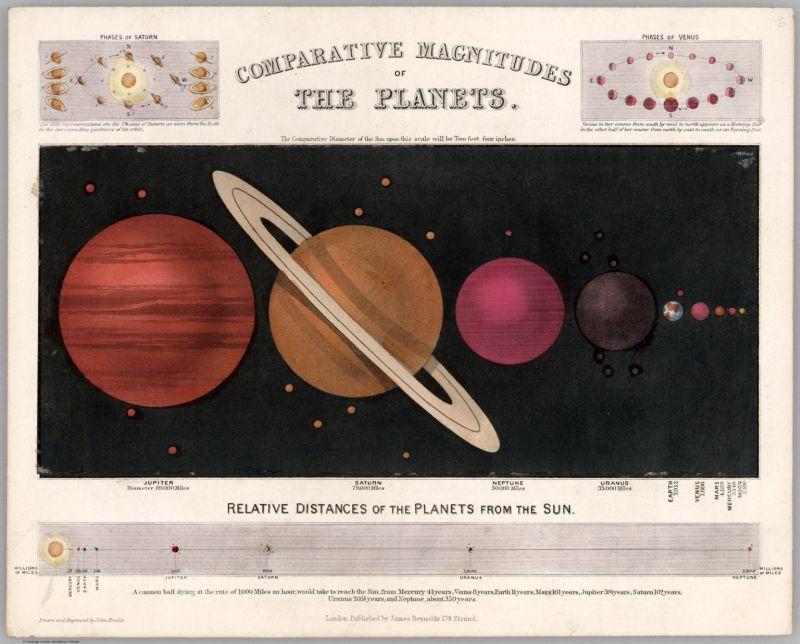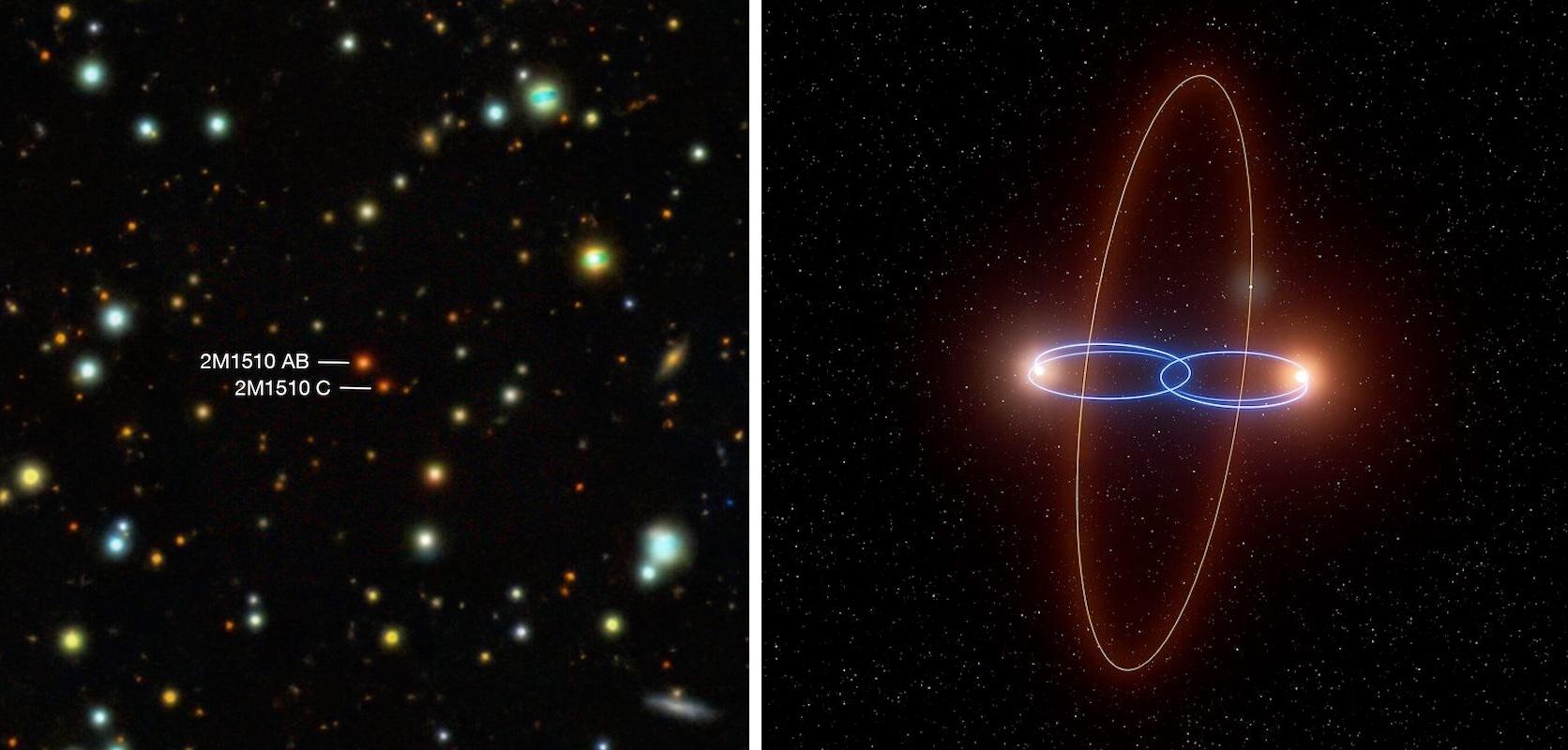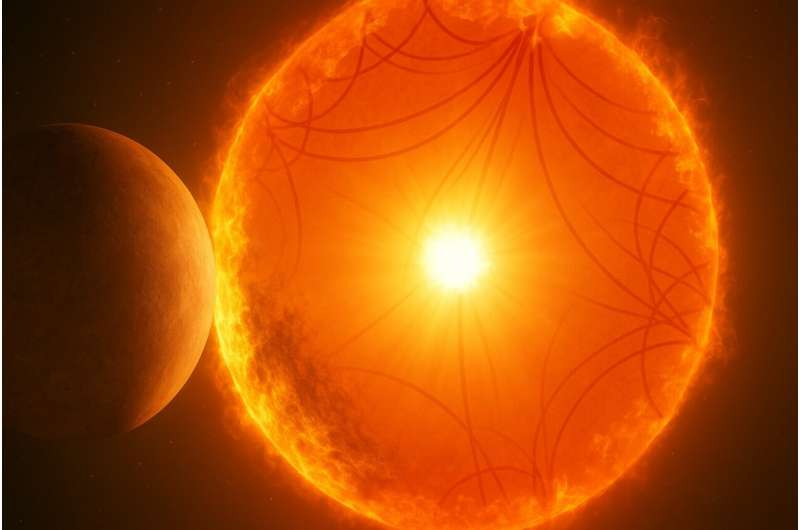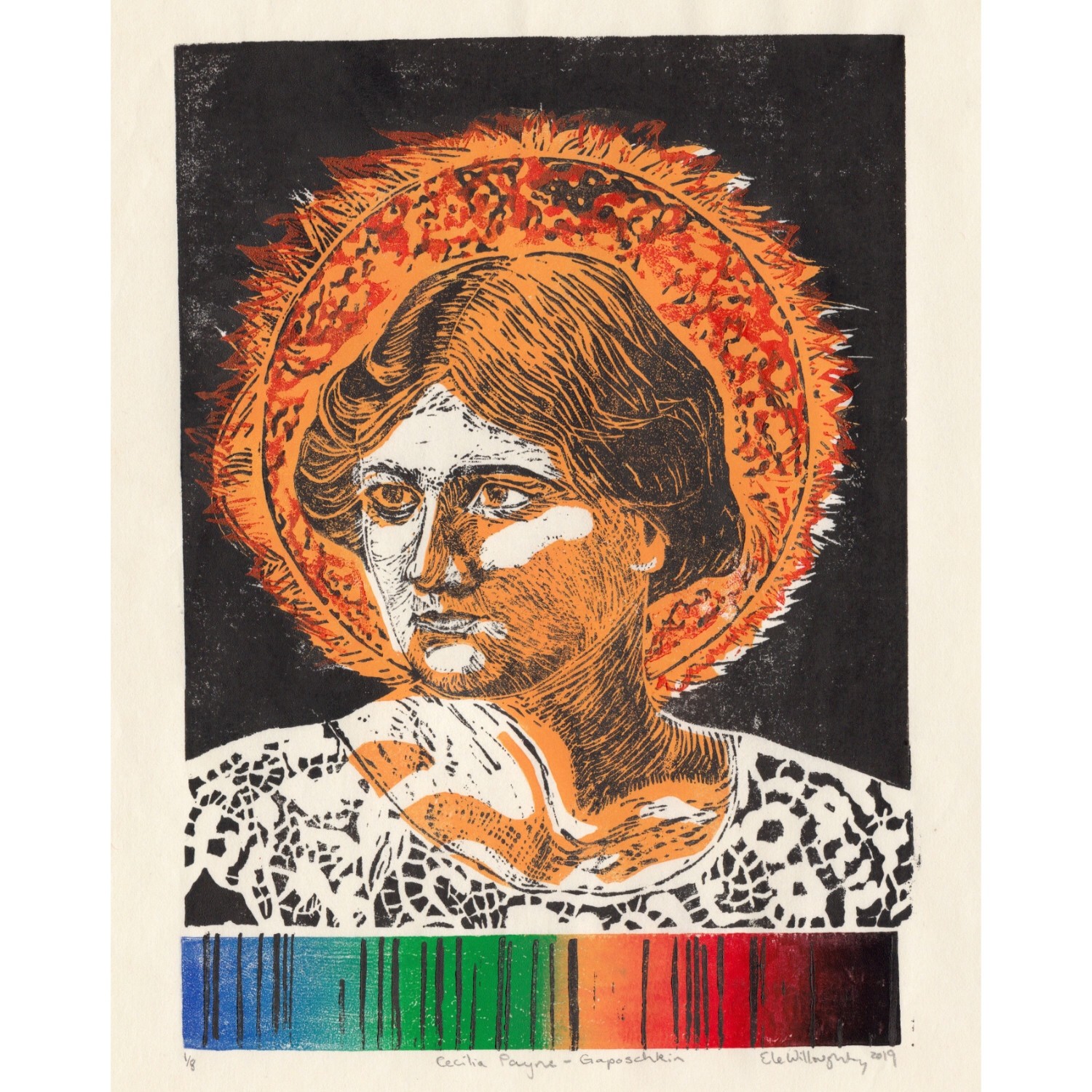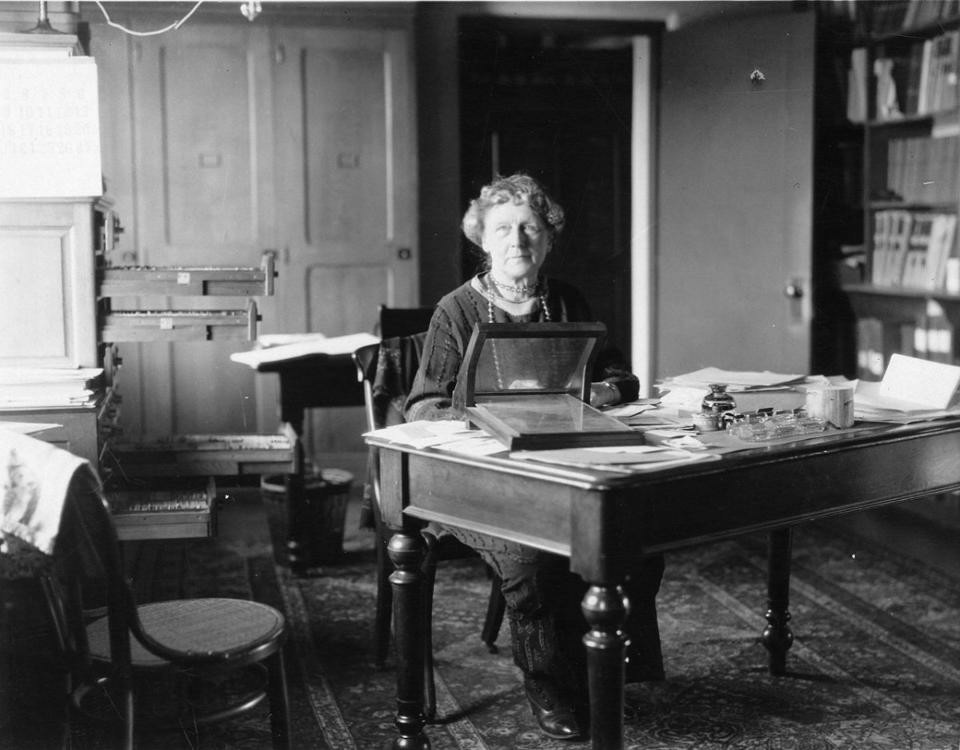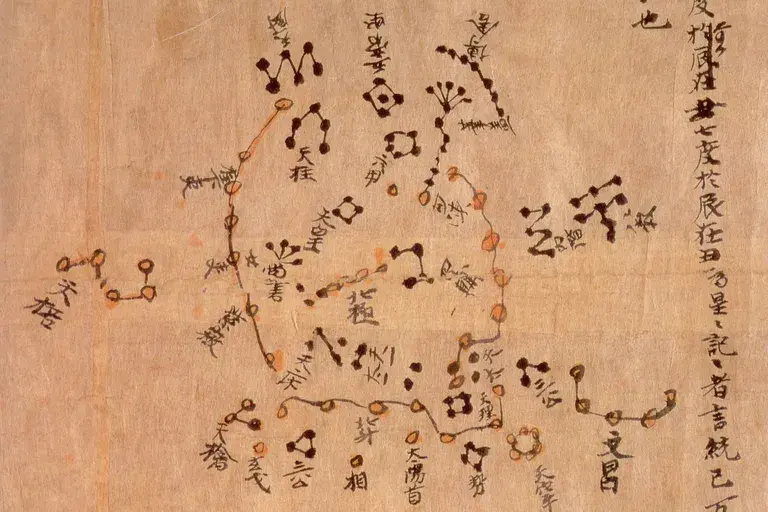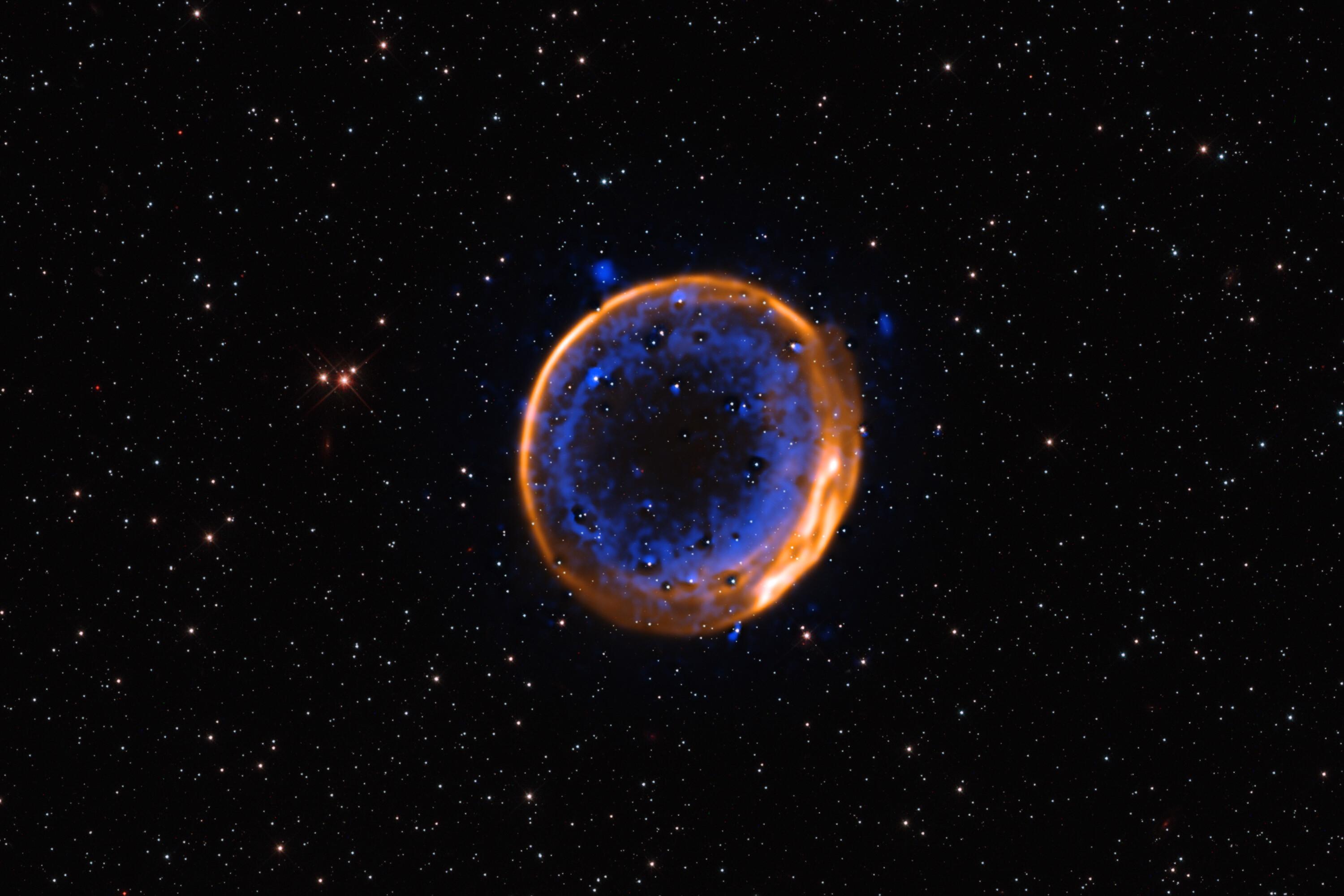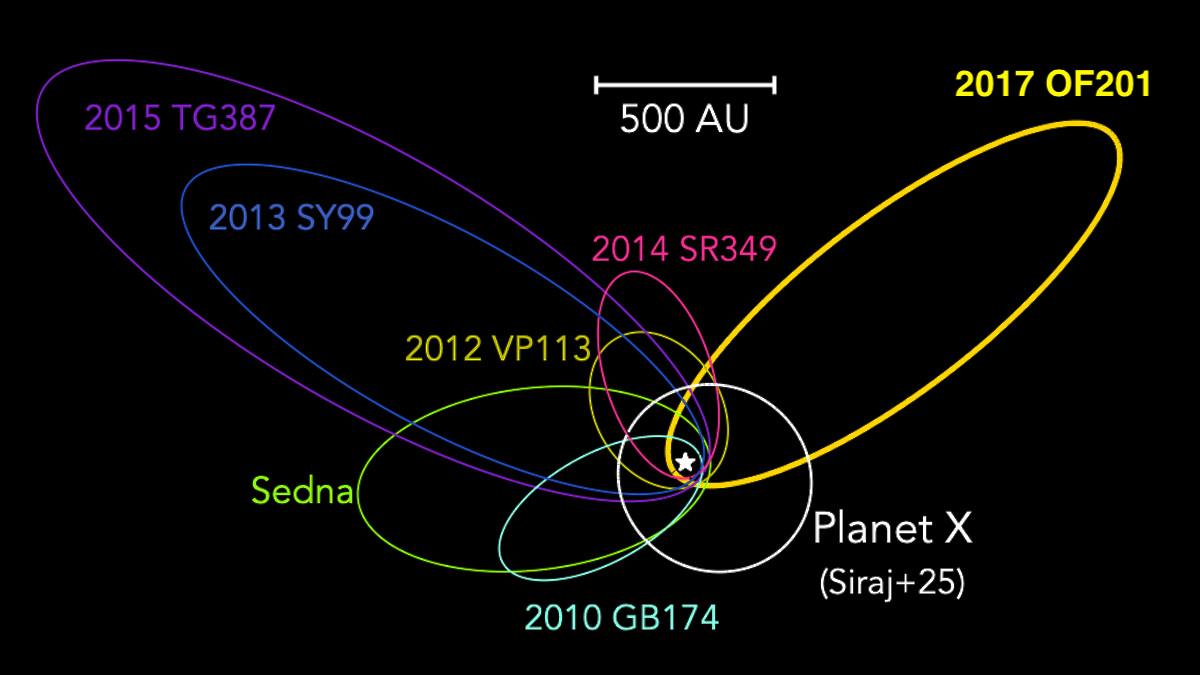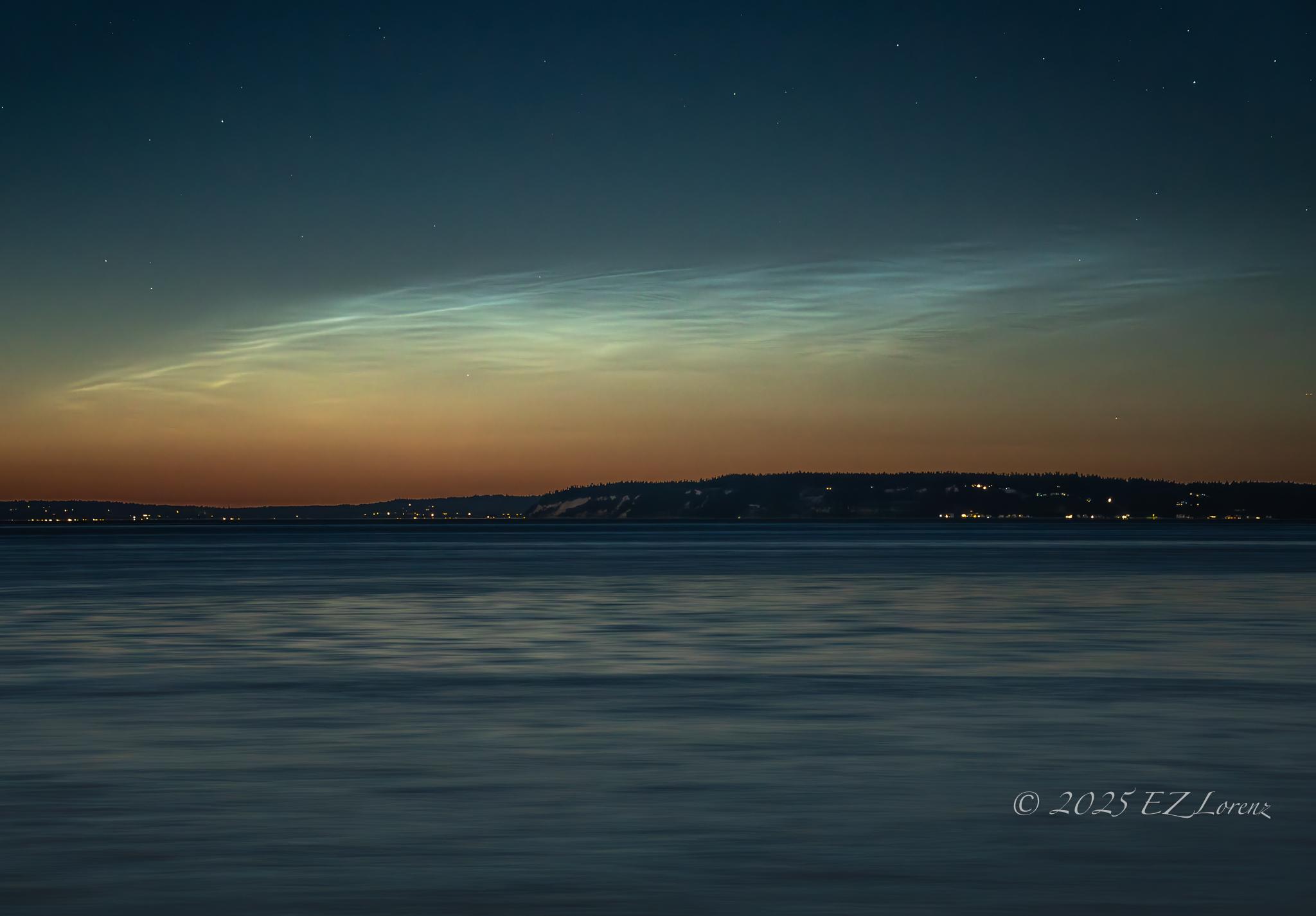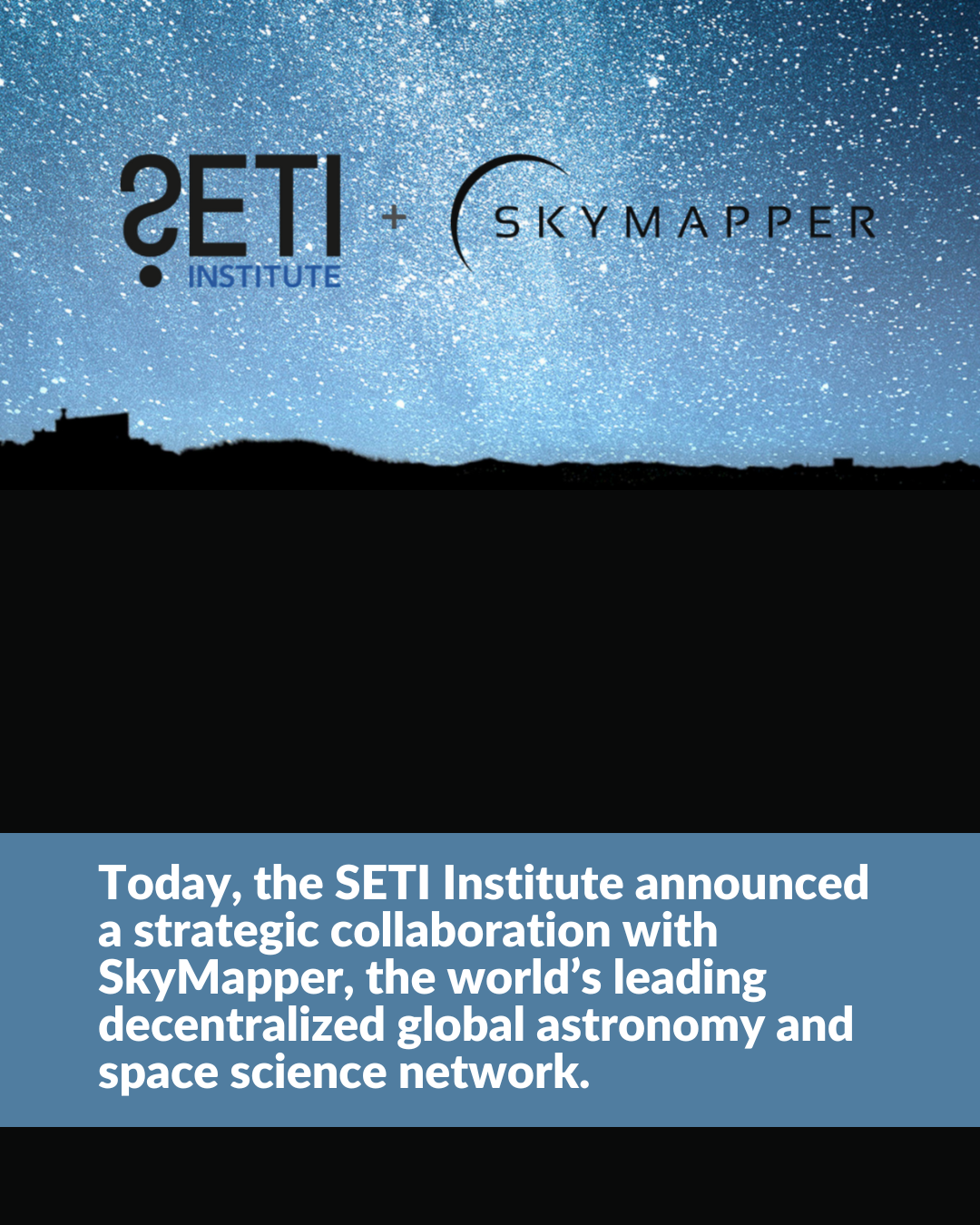astronomy
Mercury is weird because of a 'hit-and-run' incident in its youth
Books about the planet Mercury at PG
https://www.gutenberg.org/ebooks/search/?query=Mercury+%28planet%29&submit_search=Search
APPARENT MAGNITUDES OF THE SUN, AS SEEN FROM THE DIFFERENT PLANETS. - from the book "Letters on Astronomy" by Denison Olmsted (1855)
#OTD in 1930.
"Pluto" is officially proposed for the name of the newly discovered dwarf planet by Vesto Slipher in the Lowell Observatory Observation Circular. The name quickly catches on.
It was discovered by Clyde W. Tombaugh, making it the first known object in the Kuiper belt. However, its planetary status was questioned when it was found to be much smaller than expected.
https://en.wikipedia.org/wiki/Pluto
Books about Pluto at PG:
https://www.gutenberg.org/ebooks/search/?query=pluto&submit_search=Search
Ideas ‘of pure genius’ – how astronomers have measured the Universe across history
by Terence Tao and Grant Sanderson
Which famous authors might go to space? (A chart.)
And which ones would write an interesting account of their trip?
By James Folta
https://lithub.com/which-famous-authors-might-go-to-space-a-chart/
Possibly the weirdest planet yet discovered?
Newfound world 2M1510 (AB) b appears to orbit not one but two stars...and they are actually failed stars, known as brown dwarfs...and the planet orbits sideways, in a unique up-and-down polar orbit.
https://www.eso.org/public/news/eso2508/ #space #science #astronomy #nature
Astronomers using the #JamesWebbTelescope #JWST have found water vapor, carbon dioxide, and methane on planet K2-18b
2.6x Earth radius, in the habitable zone (liquid water possible), 124 ly away
The cool part:
They also found DMS. Dimethyl Sulfide (probably, the signal is weak, they need to confirm)
you know DMS as "the smell of the sea"
We don't know of any geochemical processes that make DMS
The only process we know of that makes DMS, is life
👀
https://www.newscientist.com/article/2477008-astronomers-claim-strongest-evidence-of-alien-life-yet/
Astronomers have a love-hate relationship with the atmosphere: it's great for, you know, not dying, but it blurs astronomical images. In the latest episode of Chasing Starlight we tell you the inner workings of adaptive optics, a technique where we use powerful lasers and fast shape-shifting mirrors to measure and correct atmospheric turbulence:
Astronomers tune into the music of a nearby star to unlock a surprising discovery
by Meagan O'Shea, W. M. Keck Observatory
https://phys.org/news/2025-05-astronomers-tune-music-nearby-star.html
More information:
https://iopscience.iop.org/article/10.3847/1538-4357/adc737
Happy birthday to #astrophysicist Cecilia Payne-Gaposchkin (1900-1979), a trailblazer for women in #astronomy who discovered that hydrogen & helium are the most common elements in the universe.
Born England, she won a scholarship to Newnham College at Cambridge in 1919 where she heard a lecture which changed her life. She wrote, “My world had been so shaken that I experienced something very like a nervous breakdown.”🧵
#linocut #physics #sciart #printmaking #womenInSTEM #mastoArt #astronomy
#OnThisDay, 9 May 1922, the International Astronomical Union formally adopts Annie Jump Cannon's stellar classification system. The principles in it still underpin modern classification.
#WomenInHistory #OTD #History #WomensHistory #Astronomy #WomenInSTEM #AmericanHistory #Histodons
These Scientists Say They’ve Identified the Oldest Known Star Chart in the World
A new preprint suggests that an ancient Chinese star catalog dates to 355 B.C.E. But other researchers aren’t convinced, arguing that the original coordinates are misaligned by one degree
By Sonja Anderson
Astronomy-History at PG:
https://www.gutenberg.org/ebooks/subject/891
You only die twice:
Recent theoretical models suggested that some stars could destroy themselves in two, successive supernova explosions. Now we have direct visual evidence that such doubled stellar deaths really happen.
https://www.eso.org/public/news/eso2511/ #space #astronomy #science #nature
Ancient Egyptian Drawing Now Theorized To Represent the Milky Way’s Great Rift
By Livia Pereira
Original paper:
https://www.sciengine.com/JAHH/doi/10.3724/SP.J.140-2807.2025.01.06
Astronomy-History at PG:
https://www.gutenberg.org/ebooks/subject/891
Woah! Really cool new videos from the Goode Solar Telescope at Big Bear Solar Observatory show timelapse adaptive optics views of the Sun's corona. This one is of a solar prominence being shaped by the Sun’s magnetism.
I like the choice to color hydrogen-alpha light pink.
You should check out all of the videos (the Sun is so fluffy!):
https://nso.edu/press-release/new-adaptive-optics-shows-stunning-details-of-our-stars-atmosphere/
An object called 2017 OF201 is shaking up our ideas about the outer zone of our solar system.
It follows an extreme, 25,000-year orbit.
It may be one of a hundred or so similar bodies filling a seemingly vacant region.
And its existence casts doubt on searches for Planet 9.
https://www.ias.edu/news/extreme-cousin-pluto-possible-dwarf-planet-discovered-solar-systems-edge #space #science #nature #astronomy
The light beyond sight
Only a tiny sliver of the Universe’s light can be seen by human eyes. But today we’re catching glimpses of the invisible
By Corey S Powell
Herschel at PG:
https://www.gutenberg.org/ebooks/search/?query=william+herschel
#PNW #Washington #NLC #Clouds #Night #WaWx #Nature #Photo #PhotoOfTheDay #Astronomy #Space #SpaceWeather #Science #sciencemastodon
PRESS RELEASE: https://www.seti.org/news/skymapper-and-seti-institute-team-up-to-map-the-entire-sky-all-the-time/
Today, the SETI Institute announced a strategic collaboration with SkyMapper, the world’s leading decentralized global astronomy and space science network. Together, they plan to deliver continuous, real-time astronomical data to scientists, educators, and enthusiasts worldwide.
First celestial image unveiled from revolutionary telescope
A powerful new telescope in Chile has released its first images, showing off its unprecedented ability to peer into the dark depths of the universe.
https://www.bbc.com/news/articles/cj3rmjjgx6xo
Telescopes at PG:
https://www.gutenberg.org/ebooks/subject/2331
Last year, astronomers detected a fast radio burst that got them excited as to a new discovery, but confused them as to the signal's power
When they pinpointed the signal it turned out to be... a #NASA satellite that died in 1964
They have some good theories as to how the zombie satellite fired off some signals but us #StarTrek fans know what's going on
V'GER
https://phys.org/news/2025-06-mysterious-fast-radio-dead-nasa.html
I don't know who needs to hear this, but @internetarchive has the complete set of Carl Sagan's 1980s Cosmos series online for free.
New instance, new #introduction !
Hi #fediverse ! We’re the European Southern Observatory, and we design, build and operate ground-based telescopes.
One of them is our Extremely Large Telescope, currently under construction in #Chile. It will have a 39 m mirror, and its rotating enclosure will weigh 6100 tonnes, or about 700 mastodons!
We’re looking forward to chatting with all of you about #astronomy
And many thanks to @sebinthestars for running our former instance!
📷 ESO/G. Vecchia
Early visions of Mars: Meet the 19th-century astronomer who used science fiction to imagine the red planet
Parisian astronomer Camille Flammarion brought used science fiction to bring Mars to life
By Matthew Shindell
Camille Flammarion at PG:
https://www.gutenberg.org/ebooks/author/8763
Christiaan Huygens and the Scientific Secrets of Saturn
Seventeenth-century science was so competitive that Christiaan Huygens used a cipher to conceal his Saturn observations when sharing them with interlocutors.
By: Danny Robb
https://daily.jstor.org/christiaan-huygens-and-the-scientific-secrets-of-saturn/
Christiaan Huygens at PG:
https://www.gutenberg.org/ebooks/author/5648
